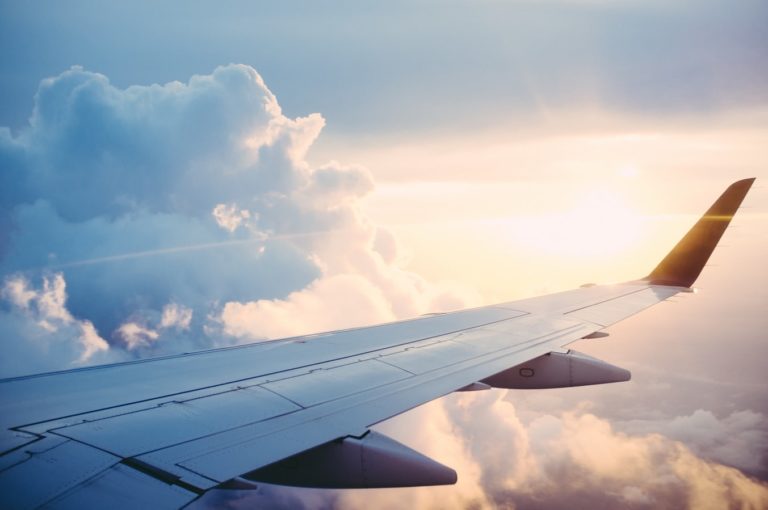Since the beginning of the COVID-19 pandemic, the Government of Canada has adopted a multi-sectoral approach to border management in order to protect the health and safety of Canadians.
Throughout the evolution of the pandemic, adjustments to border measures have been based on the latest available evidence, data, operational considerations, and the epidemiological situation both in Canada and abroad. Today, the Government of Canada announced the lifting of all entry restrictions related to COVID-19, effective October 1, as well as testing, quarantine and isolation requirements for all people entering Canada.
A number of factors facilitated the lifting of border measures, including modeling indicating that Canada has passed the peak of a wave fueled by the BA.4 and BA.5 subvariants of Omicron, the country’s high vaccination rates, low hospitalization and mortality rates, and the availability and use of vaccine boosters. (including the new bivalent formula), rapid diagnostic tests and treatments for COVID-19.
From October 1, all travelers, regardless of nationality, will not have to:
Enter information related to public health into the ArriveCAN App or Website;
provide evidence of vaccination;
to be tested before or upon arrival;
Quarantine or self-isolate due to COVID-19;
Monitor or report any signs or symptoms of COVID-19 they may have upon arrival in Canada.
Transport Canada is also eliminating existing travel requirements. From October 1, travelers will no longer have to:
undergo a health examination when traveling by plane or by rail;
Wear a mask on planes and trains.
Although mask requirements are waived, it is highly recommended that all travelers wear an appropriate, high-quality mask throughout their flights.
Procedures related to cruises have also been cancelled. Travelers will no longer need to take a pre-boarding screening test, immunize, or use ArriveCAN. A set of guidelines, consistent with the approach taken in the United States, will remain in place to protect passengers and crew.
As a reminder, travelers should not travel if they show symptoms of COVID-19. If travelers become ill during their trip and are still ill upon return to Canada, they must notify the flight attendant, cruise ship staff, or a border services officer upon arrival. They may then be referred to a quarantine official who will decide if the traveler needs further medical evaluation, as COVID-19 remains one of the many infectious diseases listed in the Quarantine Act.
The Government of Canada also reminds travelers to make informed decisions when considering travel outside Canada to protect their health and ensure their safety. They are encouraged to review the Travel Health Notices at https://travel.gc.ca/travel/advisories for more information on safe travel.
Canadians can still help protect themselves and others and reduce the spread of COVID-19 by getting vaccinated, getting booster shots, wearing a good quality mask, where appropriate, self-isolating if they show symptoms, and getting tested, if they can.
“Many thanks to the Canadians who have rolled up their sleeves to get vaccinated, we are at the point where we can safely lift health measures at our borders. However, we expect the virus responsible for COVID-19 and other respiratory viruses to continue to spread during the cold season, so I encourage everyone to keep For their up-to-date COVID-19 vaccinations, including recall doses, and approval of personnel health measures.I would also like to thank public health officials and frontline staff, who have been dedicated to protecting the health and safety of Canadians by working tirelessly at land borders and at our airports over the two years the last two.”, Minister Jean-Yves Duclos emphasized.
quick Facts
Travelers must comply with regional or provincial COVID-19 requirements, as applicable. Foreign nationals must still meet entry requirements under the Immigration and Refugee Protection Act and provide appropriate travel and immigration documents as required.
Airlines will no longer have to confirm that passengers have entered information into ArriveCAN prior to boarding.
From October 1, travelers who entered Canada in the 14 days prior to that date will no longer need to complete a period of quarantine or isolation or continue testing.
Although travelers are no longer required to submit quarantine and vaccination information through ArriveCAN, they can continue to use the optional advanced reporting function of ArriveCAN (a free mobile app or Canada Border Services Agency). [ASPC]) to expedite the process at the airport by submitting their Customs and Immigration declaration prior to their arrival.
This feature is currently available to passengers arriving at Toronto Pearson, Vancouver or Montreal Trudeau airports, and in the coming months at international airports in Calgary, Edmonton, Winnipeg and Ottawa, from Quebec City, Halifax and Billy Bishop Toronto City Airport.
According to preliminary data, using the Canada Border Services Agency’s advanced reporting functionality in ArriveCAN reduces the time a traveler spends at a kiosk by nearly a third. More than 30% of travelers arriving at the airport already use this feature.
The Canada Border Services Agency (CBSA) will continue to provide a technology solution at the border to expedite the entry of travelers and enhance the safety and security of Canadians. In addition, the Canada Border Services Agency (CBSA) is exploring other optional ArriveCAN features to provide travelers with easy access to information, such as border delays and other self-service features. These services will also be developed and offered to road travelers so that they can use accessible technology solutions to speed up and facilitate their journeys.

“Alcohol scholar. Twitter lover. Zombieaholic. Hipster-friendly coffee fanatic.”


